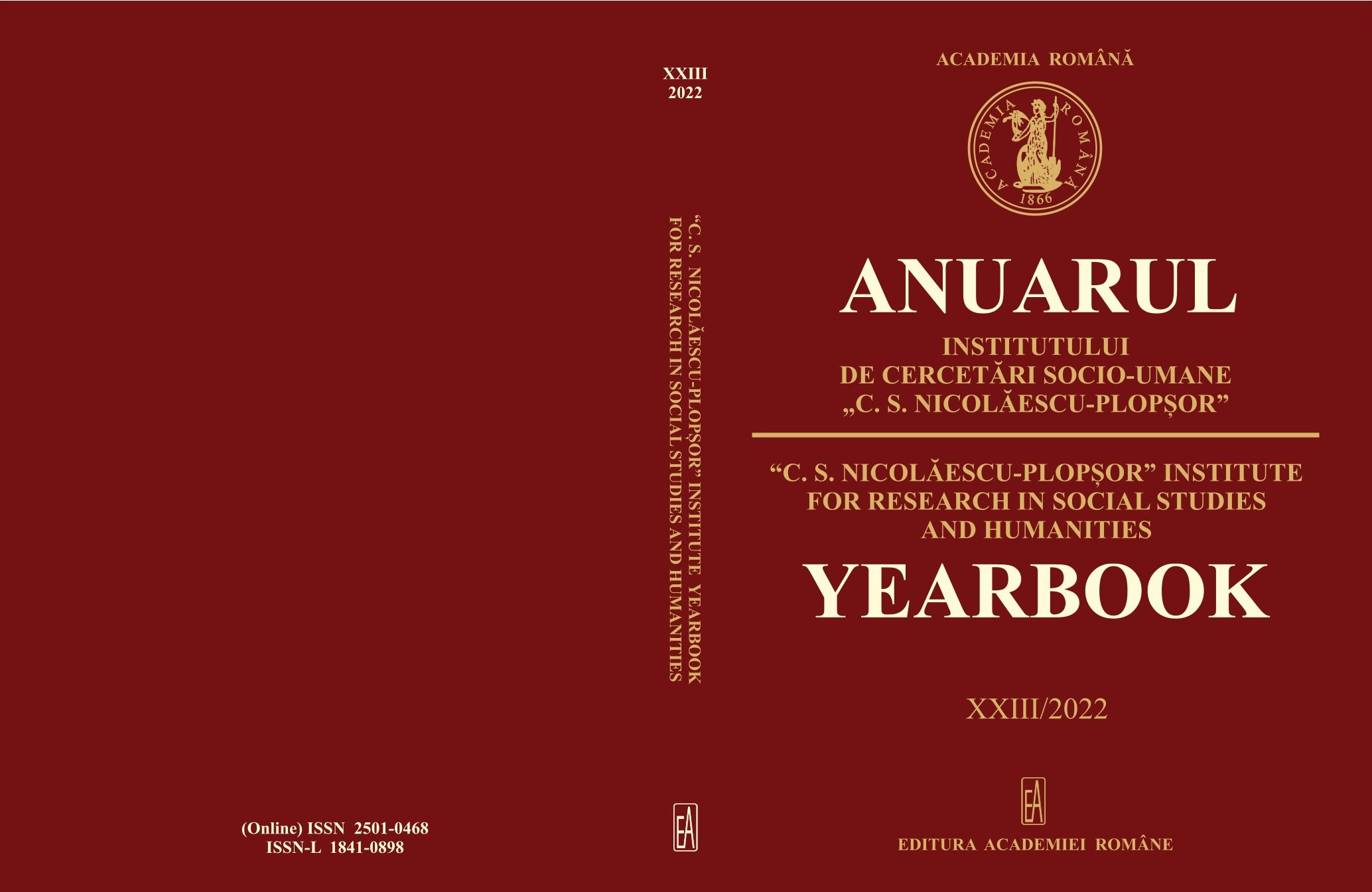The Integration of Romanian Migrants in the Danish Society
The Integration of Romanian Migrants in the Danish Society
Author(s): Gabriela BoangiuSubject(s): Migration Studies
Published by: Editura Academiei Române
Keywords: migration; Romanian in Danmark; integration; socialization; triangulation;
Summary/Abstract: The reasons for choosing this theme – Integration of Romanians in Danish society – is the fact that it fills a scientific gap in the grid of academic research, not being very much investigated from a sociological perspective, with a well–structured, innovative methodology and with clearly formulated hypotheses from the sociological point of view. The poor knowledge of Romanian communities in the countries of northern Europe, namely Sweden and Denmark, must be replaced by sociological research of excellence, which will ensure recognition of these communities alongside others in Europe and the world, ensure the preservation of Romanian identity, the right to preservation of the Romanian language and culture in the communities of Romanians who gather far from their country of origin. The importance of studying the phenomenon of Romanian migration to Denmark arises from the rights of Romanian communities to maintain contact with their country of origin, with the Romanian language and culture. Researching the level of well–being, the level of social and professional integration, the quality of life of Romanians from the diaspora existing in Sweden and Denmark is a task of Romanian sociology, in the context of a united and coherent Europe, in which the rights of minorities must be recognized, but also the principle of affirming unity through diversity, of preserving the original identity of migrants in the new context of the adopting countries. Considering the chosen topic, the objectives, the goals and the universe of the field research, I chose triangulation as a method of approach, that is, the gathering of three methodologies for investigating the studied phenomenon in order to have a more detailed analysis of it. Therefore, we used the sociological questionnaire – quantitative method, the non–directive interview and the life story or social biography, but also the content analysis of some social documents (magazines published by the community, messages of community members investigated on different forums and social networks, letters, e–mails, photos from respondents’ personal archives).
Journal: Anuarul Institutului de Cercetări Socio-Umane „C.S. Nicolăescu-Plopșor”
- Issue Year: 2022
- Issue No: XXIII
- Page Range: 217-226
- Page Count: 10
- Language: English

